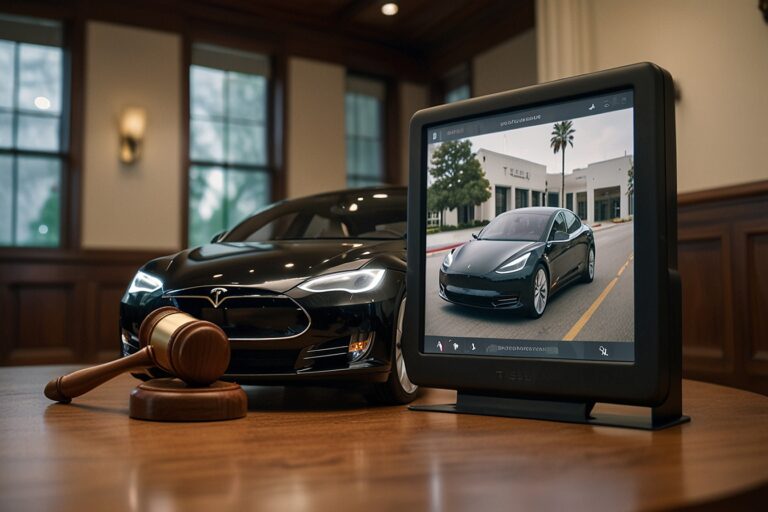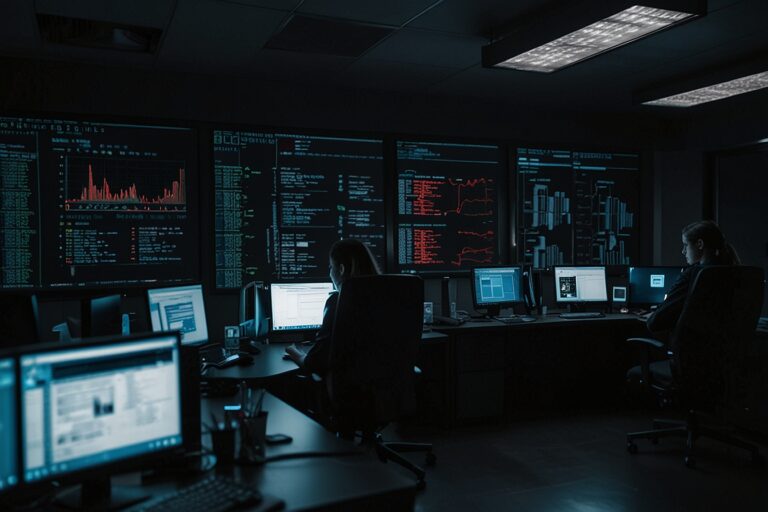
TL;DR
- The TSA no longer requires passengers to remove their shoes at U.S. airport security checkpoints.
- Homeland Security Secretary Kristi Noem announced the change, citing technological advancements and layered security protocols.
- The change is effective immediately, ending a 20-year post-9/11 screening rule.
- TSA PreCheck will still offer benefits beyond shoe removal, such as faster lanes and shorter wait times.
A Landmark Policy Shift in U.S. Air Travel
In a move that ends one of the most recognizable post-9/11 airport procedures, the Transportation Security Administration (TSA) will no longer require travelers to remove their shoes during routine security screenings. Homeland Security Secretary Kristi Noem made the announcement Tuesday, emphasizing the agency’s evolution toward more advanced and layered security practices.
“We want to improve this travel experience while maintaining safety standards and making sure that we are keeping people safe,” Noem said during a press briefing.
The policy is effective immediately, and applies to all commercial airports across the United States.
Why the Change? Advances in Technology
The shoe removal mandate originated in the early 2000s in response to terrorist plots involving hidden explosives. Notably, Richard Reid, known as the “shoe bomber,” attempted to ignite explosives in his footwear aboard a transatlantic flight in December 2001.
Despite that incident, the TSA only implemented the rule nearly five years later, following additional intelligence warnings and the 2006 plot involving liquid explosives on transatlantic flights. The agency’s official history attributes the rule to “continuing threats” at the time.
Now, TSA leaders say that technology has caught up. Security scanners are more advanced, REAL ID compliance enhances passenger verification, and officers are better trained.
TSA Travel and Screening Stats
| Metric | Value | Source |
| Date rule was implemented | ~2006 | TSA History |
| Policy change announced | July 8, 2025 | CNN |
| Estimated daily passengers screened by TSA | ~2.6 million | TSA.gov |
| PreCheck enrollment | 19+ million | TSA PreCheck |
A Trump-Led Initiative
While the policy review began during the Biden administration, Secretary Noem credited President Donald Trump for driving the final decision.
“This is part of the president’s broader initiative to streamline air travel without compromising safety,” she noted.
Other possible TSA rule changes are now under consideration, pending safety evaluations. These could include adjustments to the 3-1-1 liquids rule, which limits the volume of carry-on liquids.
What About PreCheck?
While TSA PreCheck has allowed select travelers to bypass shoe removal for years, Noem reassured travelers that the program retains strong value.
“PreCheck still offers an expedited lane, reduced screening requirements, and shorter wait times,” she said.
Enrollment in PreCheck requires a background check and an application fee, which has not changed.
Industry and Passenger Reaction
Early responses to the decision were largely positive, with passenger rights groups and airline trade associations calling the move “long overdue.”
However, some security experts cautioned that passenger behavior should still be monitored closely. TSA agents will retain the right to request additional screening, including shoe removal, on a discretionary basis.
“This is not a free pass,” a senior TSA official told Gate Access, the blog that first reported the story. “It’s a modernization of how we handle baseline screening.”
Context: Two Decades of Airport Security Evolution
This decision marks one of the most significant rollbacks in security policy since 9/11. Over the past two decades, TSA has:
- Implemented advanced imaging technology (AIT) scanners
- Introduced automated screening lanes
- Launched programs like TSA PreCheck and Global Entry
- Adopted behavioral detection techniques
Combined, these advancements have made it possible to reduce the burden on travelers while maintaining high safety standards.
What Travelers Should Expect Now
Here’s what will change — and what will stay the same:
✅ No shoe removal required at standard checkpoints
✅ REAL ID compliance now adds another verification layer
✅ New scanner tech supports secure screening
❌ Liquids rule remains in place (3.4 oz limit per item)
✅ TSA PreCheck still valuable for skipping other steps






